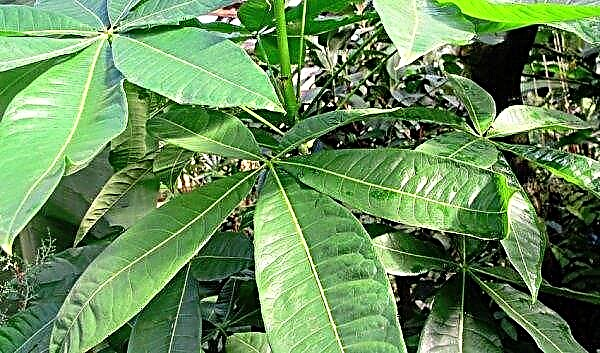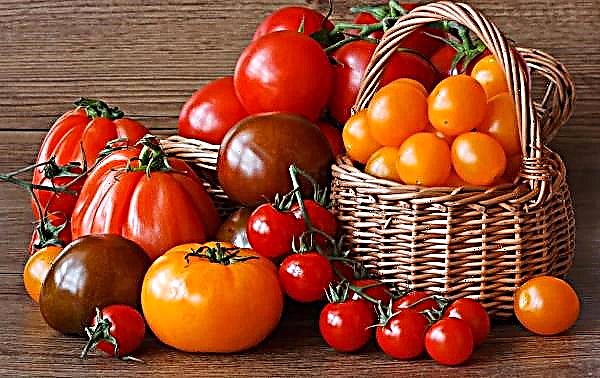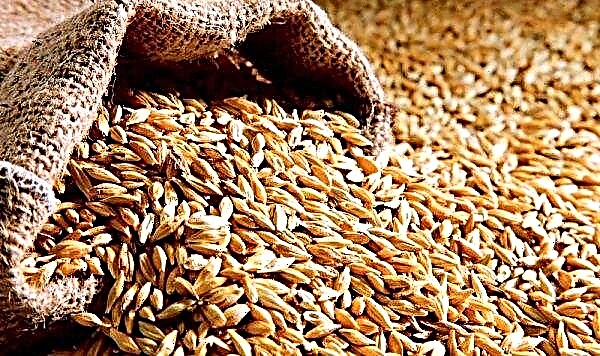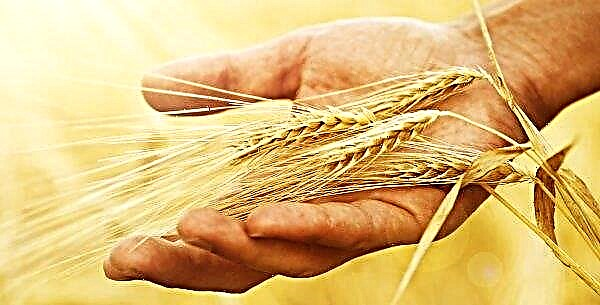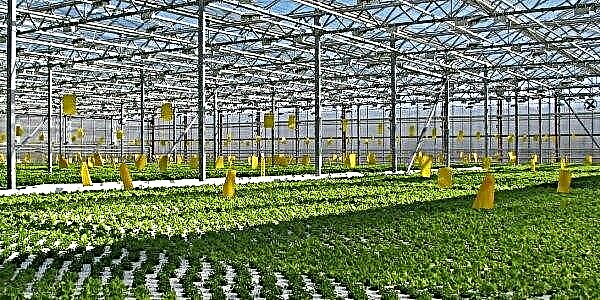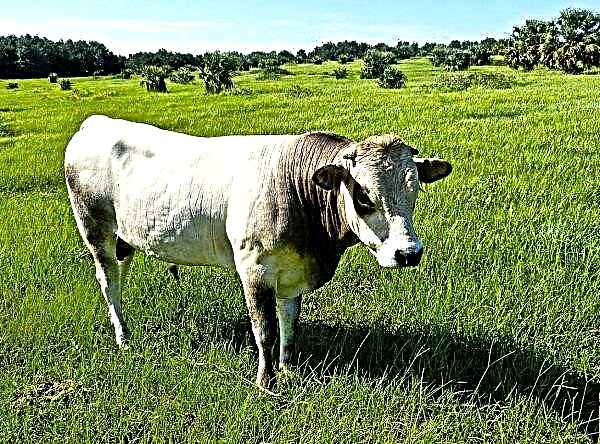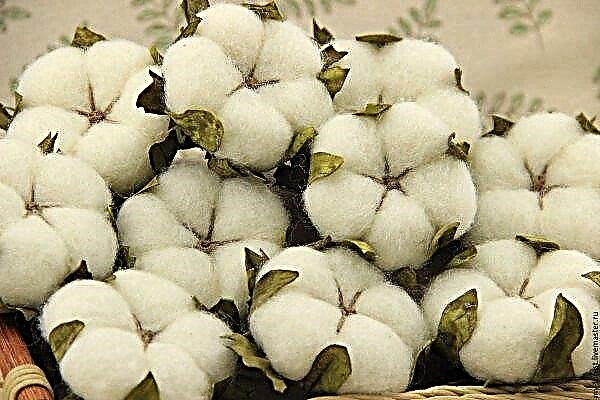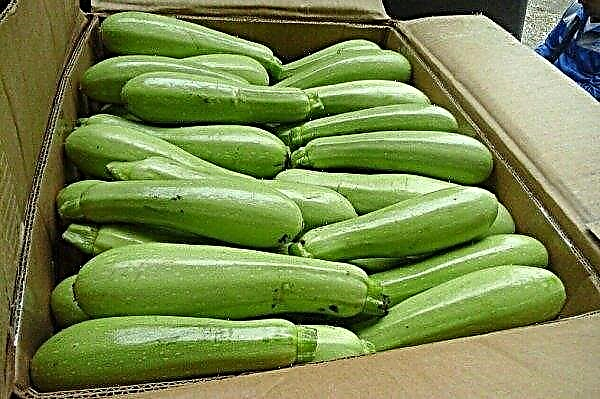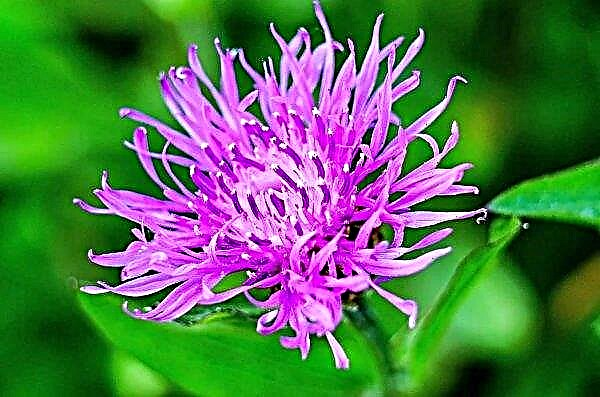While the yield of wheat in Punjab has more than quadrupled in the past 50 years, mainly after the introduction of the Green Revolution in 1966–67, fertilizer use increased by more than 4 thousand.
The planting season of Rabi (from October to March) ends in Punjab, where most of the land is reserved for wheat, and the remaining area is for oilseeds, vegetables and potatoes.
In 2019, the state used about 21 million tons of fertilizer. Due to the large area under wheat, most of the fertilizer goes to its crop. Experts say that about 90% of total fertilizer consumption is only in the main wheat crop.
Wheat productivity was recorded at 1.24 tons (1240 kg.) Per ha. in 1960-61 And 2.24 tons (2240 kg.) Per ha. in 1970-71 In 2019-2020 he reached 5.20 tons (5200 kg.) per ha.
These figures show that the wheat yield in Punjab increased by about 4.2 times from 1960-61 to 2019. Then why did the use of fertilizers increase by more than 4 thousand times?
 Wheat is the most common cereal in the world after corn and rice. And in the West it takes the first place, especially when it comes to the production of flour.
Wheat is the most common cereal in the world after corn and rice. And in the West it takes the first place, especially when it comes to the production of flour.
Experts from the Department of Agriculture said that after the start of the green revolution in Punjab, the main task was to increase the yield, because in India there was a huge shortage of wheat.
To increase productivity, farmers began to use large quantities of fertilizer, and even imported seeds needed more fertilizer.
This trend has gained popularity. The department added that there is a need to invest more in researching good quality wheat seeds that require fewer or no fertilizers at all, because fertilizers increase the cost of entry costs and put farmers in a debt trap.
Overuse also negatively affects soil health.
Punjab used 9% of the total fertilizer used in India, while it has 1.56% of the country's area. In addition, farmers also add other nutrients to the soil, although their consumption is not as high as that of urea and DAP.
- Russia intends to create a “Grain OPEC” to defeat hunger in the world.
- In Transcarpathia, harvesting of early grains has begun.
- Chernigov agrarians sowed record areas with grain and leguminous crops.
- In the Rivne region recorded a historical record of grain crops.

